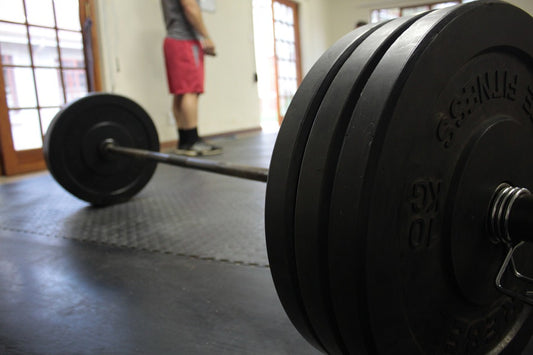CrossFit
Doing Push Press the Right Way
When lifting a barbell overhead, you have an option of a simple shoulder press or a complex jerk. The shoulder press is mainly for hypertrophy. In the middle of the...
Doing Push Press the Right Way
When lifting a barbell overhead, you have an option of a simple shoulder press or a complex jerk. The shoulder press is mainly for hypertrophy. In the middle of the...

Factors to Consider When Buying a Weightlifting...
Almost every CrossFit athlete knows the benefit of the barbell workout. However, not everyone is aware that the size and weight of the lifting bar can significantly affect the effectiveness...
Factors to Consider When Buying a Weightlifting...
Almost every CrossFit athlete knows the benefit of the barbell workout. However, not everyone is aware that the size and weight of the lifting bar can significantly affect the effectiveness...


